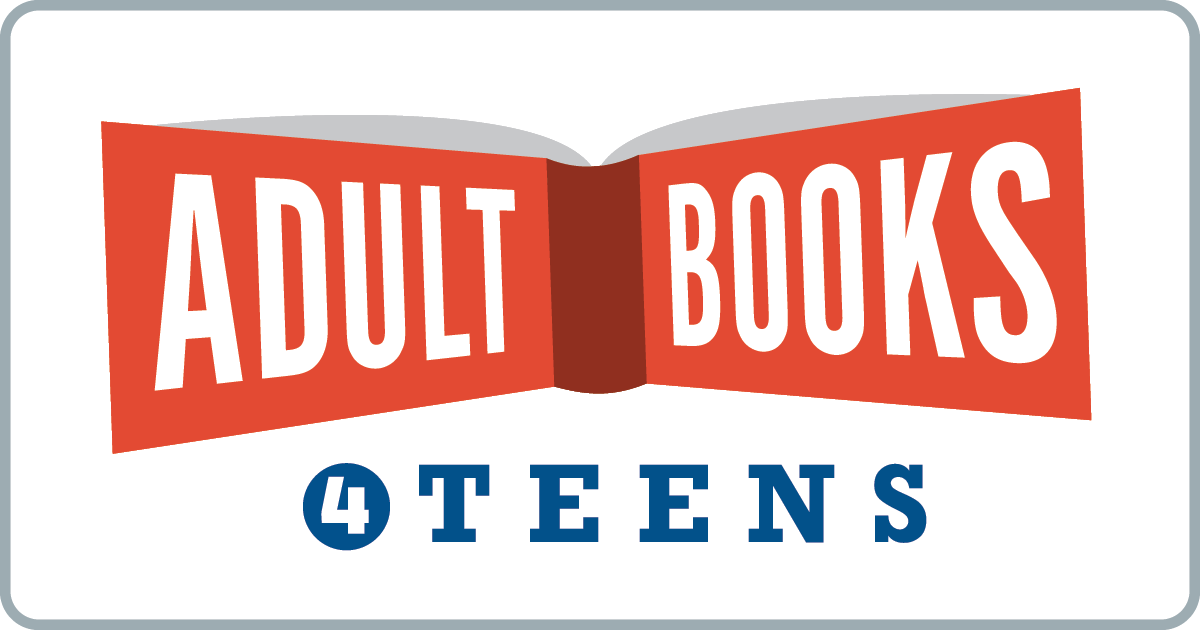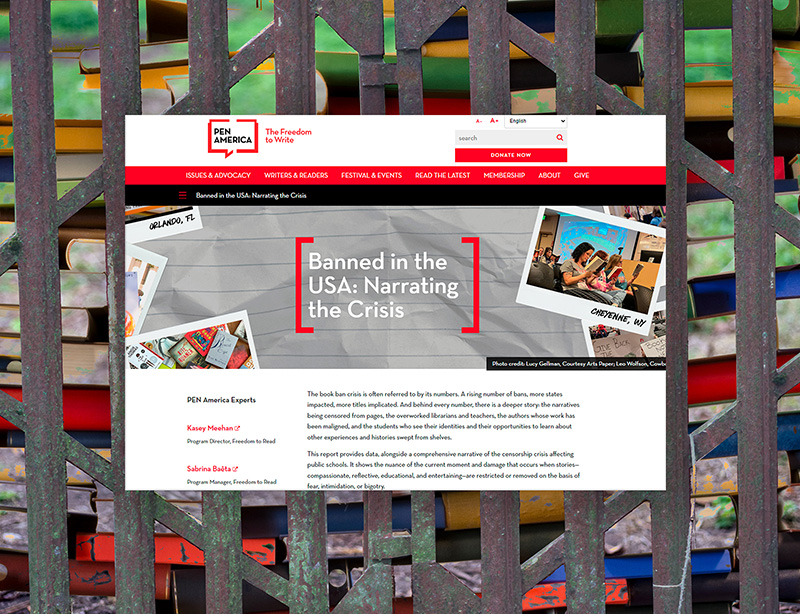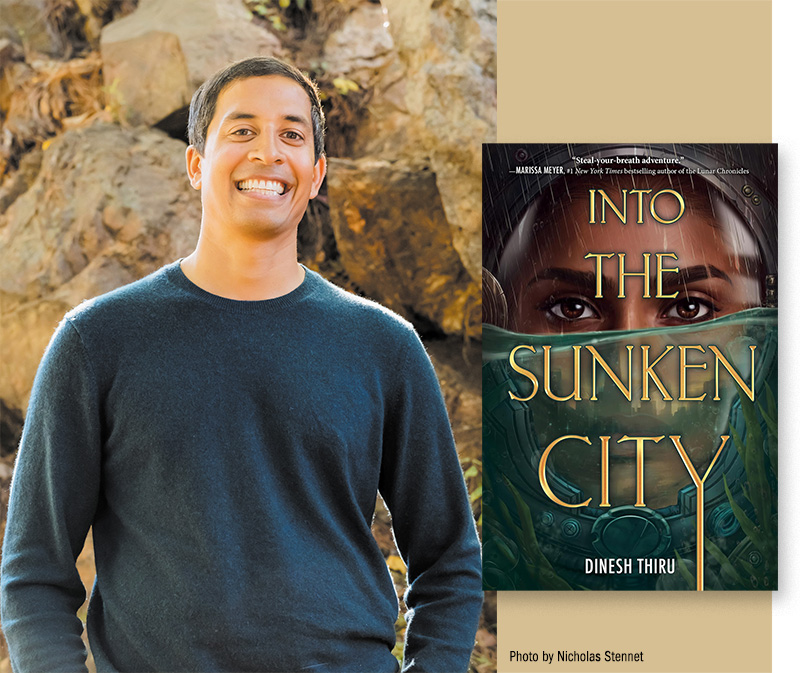SCROLL DOWN TO READ THE POST
Ardency: A Chronicle of the Amistad Rebels
Happy National Poetry Month!
I am excited to kick it off with a review of Kevin Young’s Ardency, a fascinating way to discover, explore, and contemplate the Amistad incident. Imagine what a high school student might take away from this literary treatment compared to reading a page or two in a history book. Here, layers and implications are revealed in poetry that brings a chorus of voices to life.
I first encountered Kevin Young’s work in Jelly Roll (Knopf, 2003), which was nominated for the National Book Award. It is also quite accessible for young adult readers, following the progression of a love affair from its heady first days through to a rather disastrous end. The poetry in Jelly Roll is based on all kinds of musical genres and dance rhythms, with an emphasis on the blues.
ADVERTISEMENT
ADVERTISEMENT
You might enjoy this terrific interview with Kevin Young in The Paris Review in which his obsession with music is discussed much more in depth.
YOUNG, Kevin. Ardency: A Chronicle of the Amistad Rebels. 272p. Knopf. 2011. Tr $27.95. ISBN 978-0-307-26764-1. LC 2010030007. 
Adult/High School–Most teens know the basic story of the revolt on the slave ship Amistad, and a quick review is provided in the preface. This collection of poetry is not presented in a chronological sequence from capture to revolt to imprisonment to repatriation. Instead, the voices of different characters speak in turn in the section titled “Buzzard,” telling of the rebellion and attempt to sail to Africa that ended in New Haven. In “Correspondence,” the captives use their newly acquired English to write to influential men such as John Quincy Adams for help. In “Speech” a supplicant pleads, “having English now/ I hope to tell you/ what it meant to hear your/ words it was a river/ slowly icing over it was/ rain falling into water/ was the night following/ rain into water a father/ crocodile waking early/ to eat his children.” The longest section, “Witness: a Libretto,” is narrated by Cinque, a leader of the rebels. Young’s work should be set to music. He mixes lessons from the primers used by abolitionists to teach the prisoners and parts of familiar old hymns learned in jail into Cinque’s account of the New Haven trial. The final short section concerns the return to Africa where a mission was established. Most of the victims departed quickly to look for their families, who were often missing. The title fits the impassioned poems that tell this most horrific story.–Karlan Sick, formerly at New York Public Library
Filed under: Poetry
About Angela Carstensen
Angela Carstensen is Head Librarian and an Upper School Librarian at Convent of the Sacred Heart in New York City. Angela served on the Alex Awards committee for four years, chairing the 2008 committee, and chaired the first YALSA Award for Excellence in Nonfiction for Young Adult committee in 2009. Recently, she edited Outstanding Books for the College Bound: Titles and Programs for a New Generation (ALA Editions, 2011). Contact her via Twitter @AngeReads.
ADVERTISEMENT
SLJ Blog Network
Happy Poem in Your Pocket Day!
This Q&A is Going Exactly As Planned: A Talk with Tao Nyeu About Her Latest Book
More Geronimo Stilton Graphic Novels Coming from Papercutz | News
Environmental Mystery for Middle Grade Readers, a guest post by Rae Chalmers
The Classroom Bookshelf is Moving
ADVERTISEMENT
ADVERTISEMENT







